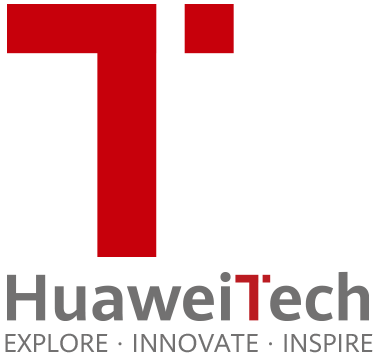Thrive with Digital, Striding Towards the Intelligent World
73 years ago, Alan Turing's paper “The Imitation Game” set new expectations for the future by posing the question, "Can machines think?"
27 years ago, Don Tapscott introduced the concept of digital economy in his book The Digital Economy: Promise and Peril in the Age of Networked Intelligence.
Today, digital applications are springing up like mushrooms after rain. And the digital future is like a sea of stars, with industries the world over diving deep into digital transformation, one after another.
An old Chinese poem goes, "In thick forests, old leaves fall so that new leaves can grow. In raging rivers, the waves behind drive those in front." With every leap in productivity, time is the great writer – the ultimate witness to what changes we will see. As Kahlil Gibran writes in Sand and Foam, "Perhaps the sea's definition of a shell is the pearl. Perhaps time's definition of coal is the diamond."
Perhaps digitalization's definition of industry is a qualitative improvement in productivity.
5G and 5.5G are key to unlocking a new digital era, and there's growing consensus in the industry on how these technologies will evolve and how an ecosystem should be built around them. Nonstop innovation and the application of technologies like cloud, big data, storage, computing, and AI are accelerating the convergence of the physical and digital worlds, driving digital transformation across countless industries.
Of course, a single piece of lumber does not make a mansion. Huawei is more committed than ever to working together for shared success. Digitalization is a blue ocean of opportunity for the entire industry, so backed by our own experience and know-how in digital transformation, we will keep working with our customers and partners to open up a new chapter in a thriving digital future.
Greater heights await. We are all witnesses, creators, and fellow travelers as we make our way to a new intelligent world – the future of digitalization. By putting one foot ahead of the other, we will get there sooner than you might think.



